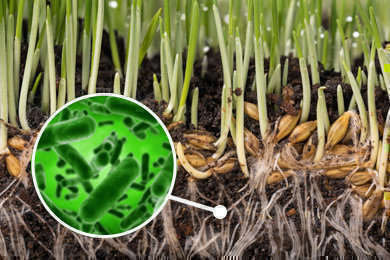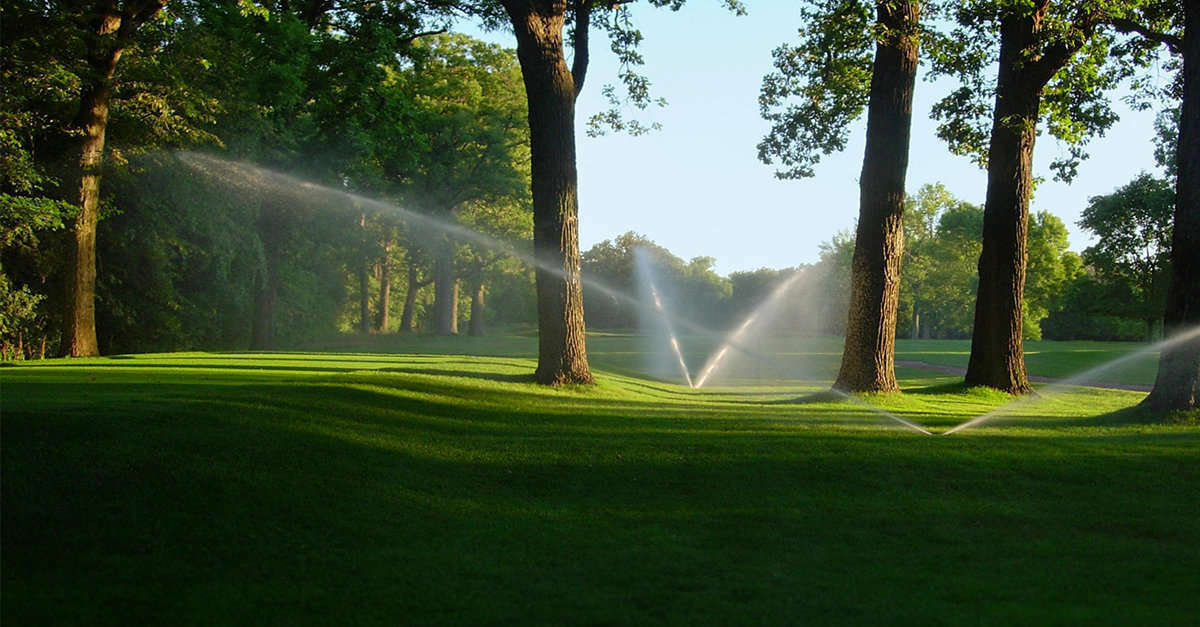Bacillus subtilis: part of healthy soil life
Pure for the professional

Blog detail
Spring is upon us, temperatures are rising and soil life is becoming active again. There is a wide variety of microflora and fauna. Soil bacteria are an important part of the microflora. One of these bacteria is the Bacillus subtilis. Send us a message Back to overviewSoil Life
We distinguish 2 types of soil life; microflora and microfauna. Microfauna primarily break down organic matter and mix it into the soil. Microflora have more complex activities, such as converting organically bound nitrogen into nitrates.

Rhizosphere organisms
We find many of the microorganisms in the root zone (rhizosphere). This zone also contains the roots of the grass. And where various microorganisms support the plant, the plant in turn feeds the soil life around its roots by secreting nutrients.
The Bacillus subtilis
In this root zone, or rhizosphere, we find, among others, the Bacillus subtilis, a rod-shaped spore-forming bacterium. Some of the characteristics of this bacterium are:
-
Dimensions: 0.7 to 0.8 µm by 2 to 3 µm
-
Temperature: minimum 5°C to maximum 55°C
-
pH value of soil: between 4.56 and 8.6
-
Oxygen-rich environment required
The usefulness of the Bacillus subtilis
The grass engages in a daily battle with various pathogens in the root zone or rhizosphere. The plant receives support from the Bacillus subtilis in this battle. The bacteria do this by attaching to the surface of the root. By doing this, the Bacillus subtilis prevents pathogens feeding on the root secretions from the grass. Furthermore, the Bacillus subtilis secretes plant hormones that have a positive effect on root development.

Does your soil have Bacillus subtilis too?
If your soil life is healthy, Bacillus subtilis will have established itself. Not sure if you have healthy soil life? Or do you want to prepare your soil for the Bacillus subtilis? Please contact us. We sell several fertilisers that contain traces of this beneficial bacterium.



